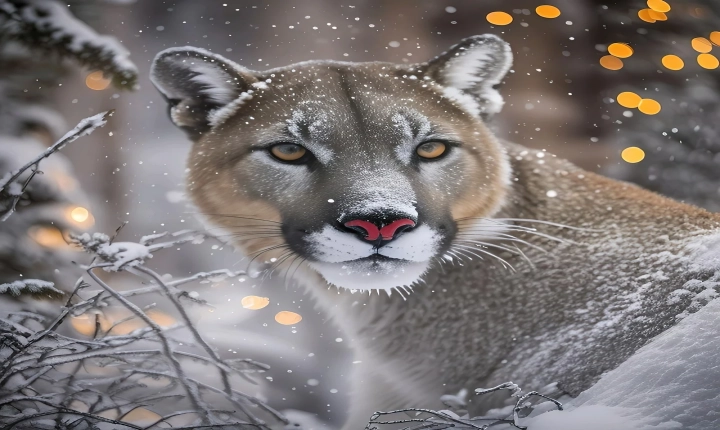Title: How to Make AI Drawings: A Step-by-Step Guide
Introduction
Creating artwork with the help of artificial intelligence (AI) has become increasingly popular in recent years. With advancements in technology, AI-powered tools have made it easier for artists and designers to generate stunning and unique drawings. In this article, we will explore the process of making AI drawings and provide a step-by-step guide on how to get started.
Step 1: Choose the Right AI Drawing Tool
There are various AI drawing tools available, each offering different features and capabilities. It’s essential to choose the tool that best suits your needs and artistic style. Some popular options include DeepArt, Prisma, and RunwayML. These tools use neural networks and machine learning algorithms to generate artwork based on input from the user.
Step 2: Select the Input Image or Style
Once you’ve chosen an AI drawing tool, the next step is to select the input image or style that will serve as the basis for your drawing. This can be a photograph, a painting, or any other visual reference that you want to use as inspiration. Many AI drawing tools allow you to upload an image directly or provide a link to an online image.
Step 3: Adjust Parameters and Settings
After inputting your chosen image, you may have the option to adjust various parameters and settings, such as color scheme, line thickness, and artistic filters. Experimenting with these settings can help you achieve the desired look and feel for your AI-generated drawing. Some tools also offer advanced customization options, allowing you to fine-tune the output according to your preferences.
Step 4: Generate the AI Drawing
Once you’re satisfied with the input image and customization settings, it’s time to generate the AI drawing. Depending on the complexity of the artwork and the processing power of the AI tool, the generation process may take a few seconds to a few minutes. The resulting drawing will be a digital representation of the input image, transformed through the lens of AI technology.
Step 5: Refine and Edit the Drawing (Optional)
After the AI drawing is generated, you may choose to further refine and edit it using traditional digital art tools such as Adobe Photoshop or Procreate. This step allows you to add details, make adjustments, and incorporate your personal touch to the artwork, transforming it into a truly unique and original creation.
Conclusion
Creating AI drawings offers endless possibilities for artists and designers to explore new artistic expressions and styles. By leveraging the power of AI technology, individuals can generate remarkable artworks that push the boundaries of creativity and inspiration. Whether you’re a digital artist, a hobbyist, or a professional designer, incorporating AI drawing tools into your creative process can open up a world of innovative opportunities and bring your artistic visions to life.
